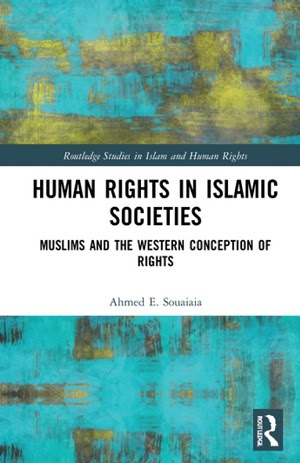The New York Times: The Israeli army destroyed at least 6 cemeteries during its incursion into northern Gaza; Israeli forces desecrate mosques
The American New York Times newspaper confirmed that Israeli army ground forces destroyed at least six cemeteries during their incursion into the northern Gaza Strip, most of which were destroyed in recent weeks.
What the newspaper reported was based on an analysis it conducted of new satellite images and video footage.
In the Shujaiya neighborhood of Gaza City, where heavy fighting has raged in recent days, Israeli forces destroyed part of the Tunisian cemetery to establish a temporary military site. The satellite image on Sunday shows armored vehicles and earthen fortifications on cemeteries that were intact a few days ago, according to the newspaper.
Although the laws of armed conflict stipulate that “the intentional destruction of religious sites without military necessity” is a potential war crime, Israeli forces appear to be using at least one cemetery as a “temporary base for military vehicles,” according to the New York Times.
In early December, Israeli military vehicles destroyed dozens of graves next to an Israeli site located half a mile (about 0.8 km) northwest of the Tunisian cemetery, the newspaper added.
She pointed out that a video clip published by the Israeli Army on Sunday showed soldiers participating in the fighting in that area.
Satellite images on the same day also showed new ruins and military vehicles in the Al-Faluga cemetery, in the Jabalia neighborhood of Gaza City. Video footage also shows damage to the graves, but there are no fixed Israeli military positions.
While no military vehicles appeared in Sunday's satellite image, the existing earthen fortifications can be compared to those erected by Israeli forces in dozens of places in Gaza, the newspaper explained.
The New York Times also identified other cemeteries destroyed by the occupation forces invading the Sheikh Ajlin neighborhood in Gaza City, and in the city of Beit Lahia, in the northern Gaza Strip.
Yesterday, Thursday, the Euro-Mediterranean Human Rights Observatory reported that the Israeli occupation targeted cemeteries in the Gaza Strip, causing widespread destruction, as it deliberately vandalized some graves and stole bodies.
According to field documentation conducted by the Observatory, Israeli forces targeted most of the cemeteries in the Gaza Strip, including the cemetery of Al-Faluga, Ali bin Marwan, Sheikh Radwan, Al-Shuhada, Sheikh Shaaban, and the cemetery of St. Porphyrios Church in Gaza City.
According to him, repeated Israeli attacks created large holes in graves, while some bodies were scattered or disappeared, while graves were severely damaged.
Euro-Med obtained reports that the occupation “army” dug graves in Al-Faluga and stole bodies believed to belong to Palestinian activists, amid fears that their organs would be stolen.
Accordingly, the Observatory confirmed that the Israeli occupation systematically violates the sanctity of the dead and cemeteries, in clear violation of the laws of human rights and war, related to the protection of cemeteries during armed conflicts.
Related, Israeli troops released their own videos from Gaza and West Bank mosques, performing Jewish chants from inside the mosque's sermon stand.
Reacting to the revelations, the spokesperson for the UN Secretary-General, Stephane Dujarric, says the desecration of places of worship 'should not be tolerated' after the Israeli occupation performed Talmudic rituals in a Jenin mosque they raided in the West Bank of occupied Palestine.
Israeli Police Minister Itamar Ben-Gvir has shared the video on his Telegram channel, not only praising Israeli occupation soldiers for the desecration of the Jenin mosque but also denying Jenin its identity, calling it "Nin". This name would be the name of Jenin if it ever gets ethnically cleansed and occupied by Israeli occupation settlers.
It should be noted that in Additional Protocol I of the Geneva Convention, article 53, it is prohibited to:
to commit any acts of hostility directed against the historic monuments, works of art, or places of worship which constitute the cultural or spiritual heritage of peoples;
to use such objects in support of the military effort;
to make such objects the object of reprisals.
























